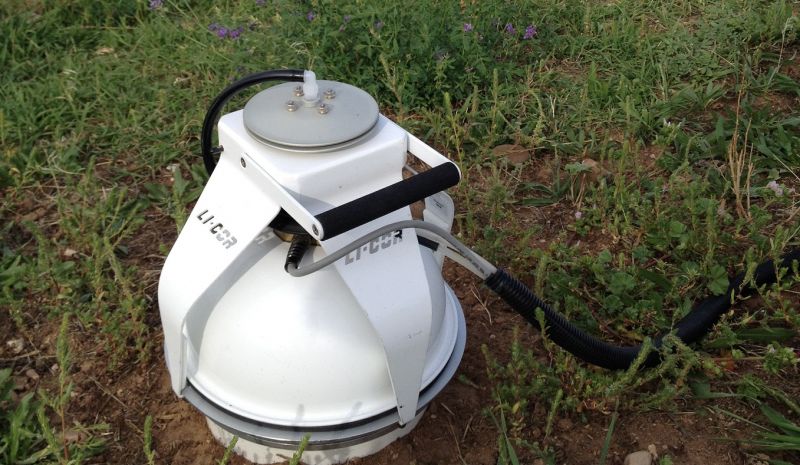Applying a New Technology to Petroleum-contaminated Sites
Published on by Water Network Research, Official research team of The Water Network in Technology
Natural source zone depletion technology can optimize site remedies and reduce costs.
By Tom Palaia

Carbon dioxide flux chamber collecting NSZD data; Image source: CH2M
Natural source zone depletion (NSZD) is the new technical term for naturally occurring biodegradation processes that reduce petroleum, non-aqueous phase liquids (NAPL) from the subsurface. Petroleum NAPL can seep into soil from oil spills or leaks, resulting in potential groundwater contamination and remediation challenges.
While biodegradation is ubiquitous at petroleum release sites, NSZD biodegradation processes are most significant within the source zones of the contaminating petroleum liquids. In this aspect, it is distinctly different from conventional monitored natural attenuation (MNA) remedies, where contaminant degradation occurs outside the source zone in dissolved plumes.
Early on, CH2M recognized the high value of NSZD science and began working with a prominent research university to deploy new monitoring methods in the field and present new information to regulators, including endorsing its consideration as a viable remedial option and benchmark for other remediation efforts because it is critical to understanding the short and long term fate of hydrocarbons.
NSZD processes represents a paradigm shift in the way petroleum NAPL contaminated sites are managed and remediated. CH2M has collected extensive data demonstrating typical rates of from 200 to 2,000 gallons of petroleum that can be naturally degraded per acre of NAPL source zone per year.
These rates are often equal to or greater than other active remediation systems, establishing that in this new paradigm, NSZD monitoring alone, or in combination with an active remediation, can be used to more cost-effectively remediate a site, yet still protect human health and the environment.
Read full article: CH2M
Media
Taxonomy
- Decontamination
- Contaminant Removal
- Pollution
- Soil & Water Assessment Tools
- Soil Conservation
- Petroleum
- Pollution